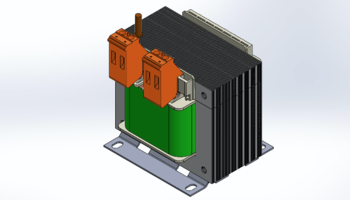
Transformer service life
In technical installations, the service life of a device is a crucial factor. The goal is to achieve the longest possible lifespan. On one hand, this means that the device or component does not need to be replaced, and on the other hand, it is also better from an economic perspective since a new device always means an investment. However, a long lifespan alone is not enough; the component must also meet certain criteria to ensure good performance.
This blog describes and explains the service life of transformers and the factors that affect them.
Share
What does service life mean?
The service life of a transformer is the predicted time, during which the transformer can operate under normal conditions before a significant degradation of its performance or a failure occurs. The lifespan of a transformer depends on various factors such as the quality of the materials used, operating conditions such as temperature and humidity, the type of load, and the maintenance and repair of the transformer.
To understand lifespan, one can also speak of service life. The service life depends on the application, wear, and eventual wear-out. Additionally, it is based on an estimate. The service life of a product can be extended through maintenance, repair, or regular servicing.
The actual service life depends on various criteria such as:
- Material quality
- Quality of workmanship
- Natural factors
- Human factors
- Relationships between components
- Maintenance
- Durability
Durability
"The ability of a product to perform its required function over an extended period under normal use
conditions without excessive maintenance or repair efforts." – Cooper
What influences lifespan
The lifespan of a transformer is influenced by various characteristics. In the electrical industry, the following are the main characteristics:
- Reliability
- Safety
- Efficiency
- Load capacity
All characteristics influence the lifespan differently. If one cannot be guaranteed, then the device should not be used further.
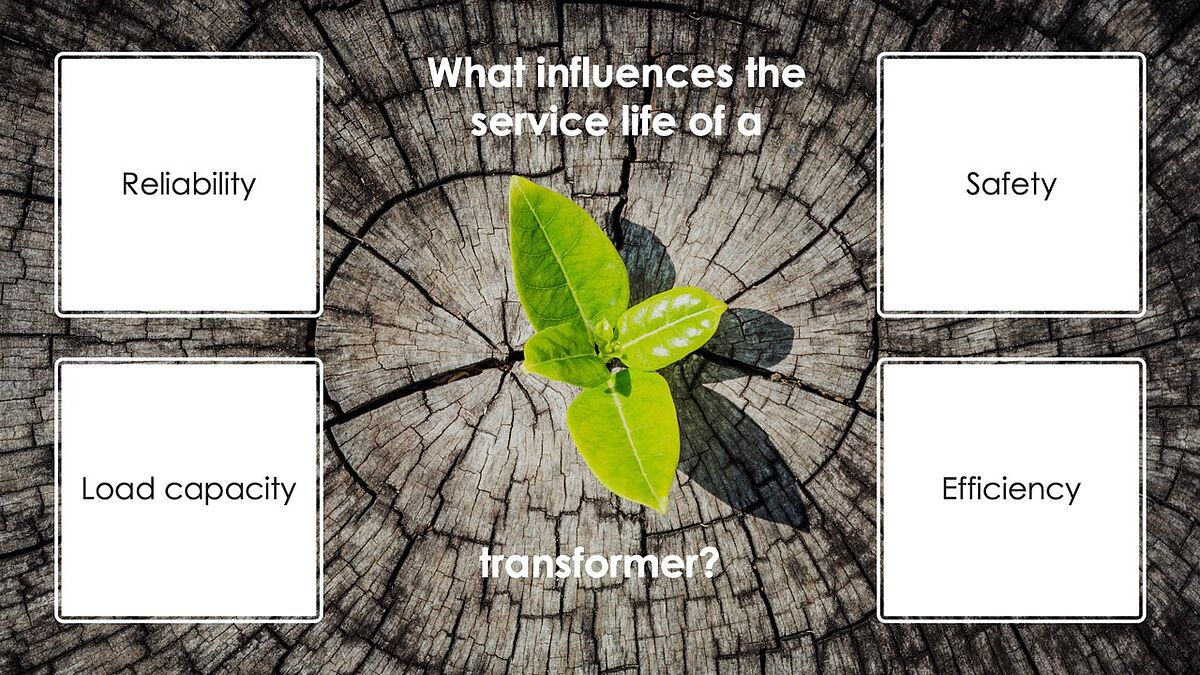
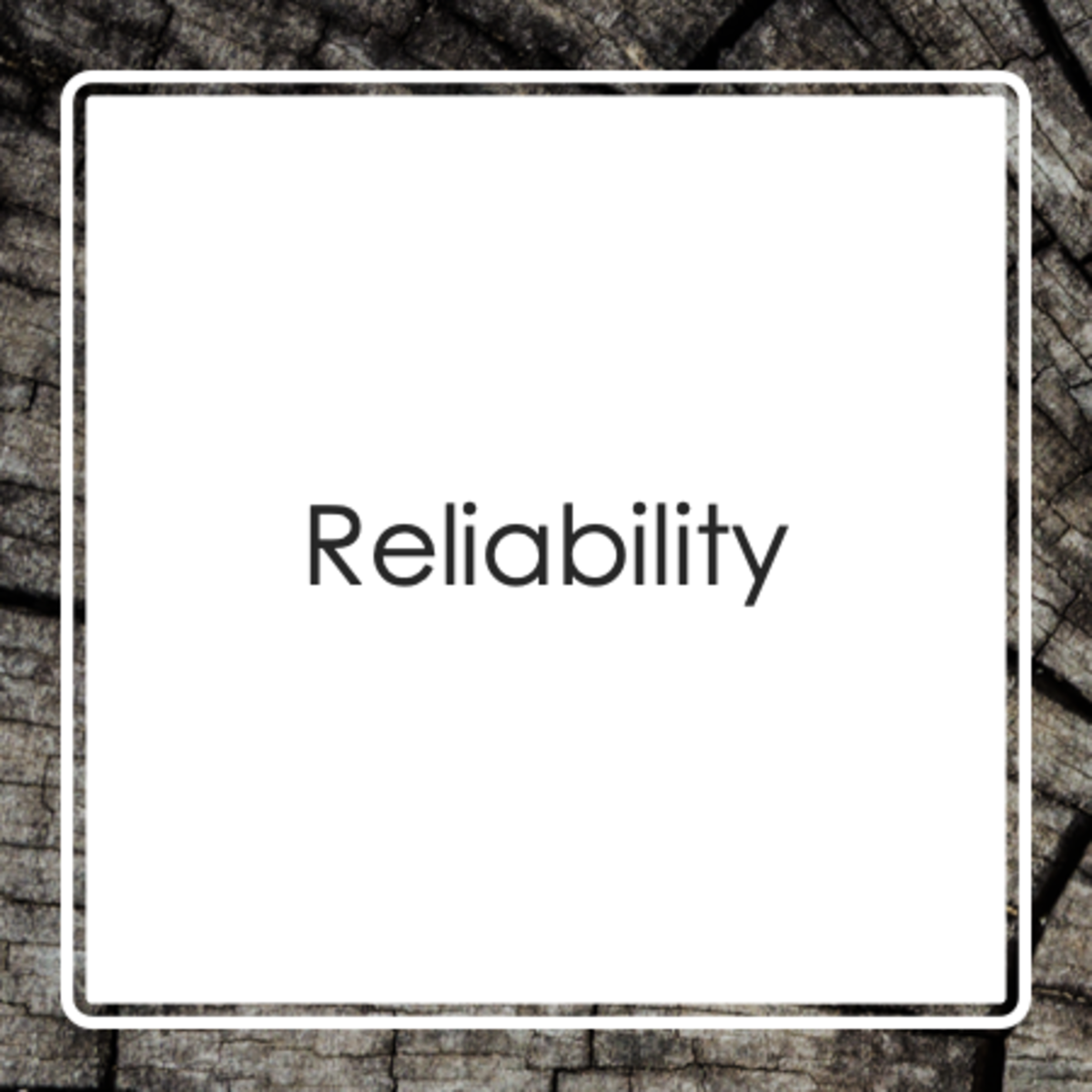
Reliability of a transformer refers to its ability to maintain consistent and high-quality performance over an extended period without causing failures or unforeseen problems. A reliable transformer is important to ensure a continuous and stable power supply and to avoid operational disruptions and damage to equipment or installations.
Reliability is influenced by various factors, such as the design. Using high-quality materials and ensuring precise and clean workmanship positively impacts the reliability of the transformer.
Load capacity of a transformer refers to its ability to deliver a certain load current or power over an extended period without overheating or being damaged. Load capacity depends on the design of the transformer and the quality of the materials from which it is made. Additionally, load capacity is strongly linked to reliability. If a transformer is overloaded, it can lead to overheating and damage, which can affect the transformer's reliability.
This means that the transformer should be able to provide the desired performance under short-term abnormal conditions. Short-term abnormal conditions are states that can occur in a transformer but are only of short duration. Examples of abnormal conditions are overloads, short circuits, voltage drops, protection device malfunctions, and high ambient temperatures that lead to transformer overheating if no measures are taken.


Safety describes that the device operates reliably and smoothly without posing any danger to nature, humans, or their surroundings. Additionally, it also means that maintenance can be performed without risk. Important measures to ensure safety include installing protection circuits and grounding. Choosing the right insulation and providing heat dissipation or cooling increases the transformer's safety.
The highest safety can be ensured through a flame-retardant design that prevents the spread of fire in the worst-case scenario. These points apply to both normal and short-term overloaded operation.
Efficiency is a measure of how well a system or process works to achieve a specific goal with the available resources. High efficiency means that the system or process wastes few resources and achieves the desired result with minimal losses.
An efficient transformer should deviate minimally from its initial efficiency even as it "ages." In other words, the efficiency should remain as high as possible, and the loss performance should only increase minimally over time.
You can read more about the efficiency of a transformer in the blog "Transformer – How to Save Costs and Gain Efficiency."
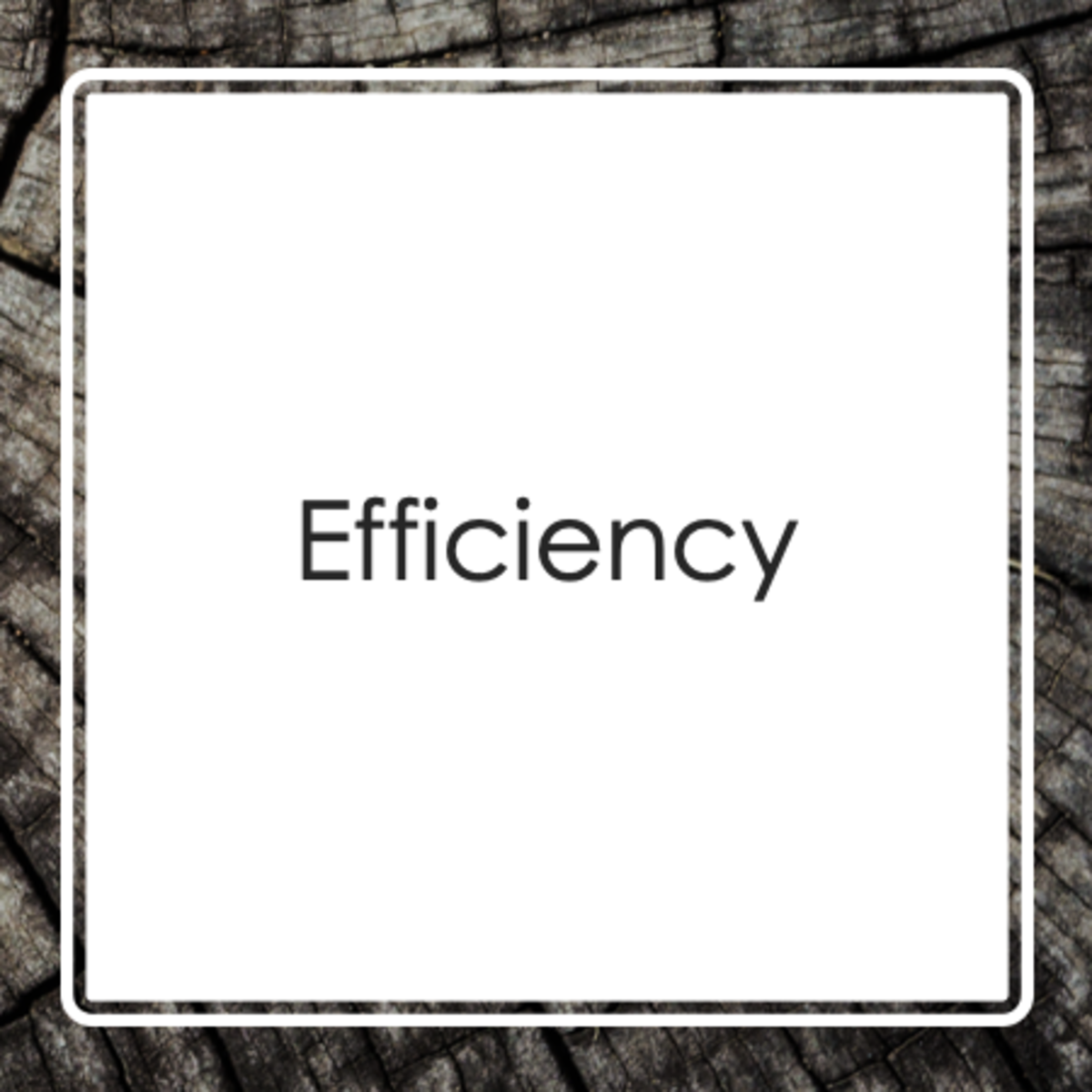
These are the requirements a transformer must meet. Now it is important to use the transformer as efficiently as possible without affecting its lifespan. The following sections describe various conditions that can damage the transformer if they occur over the long term.
Operating temperature influences transformer lifespan

Under normal conditions, the lifespan of a transformer is about 30 years, provided it operates under normal conditions. The lifespan can be influenced by various factors. This section describes the factor of operating temperature.
The most cost-effective solution often means that the product is operated at the upper limit of the permissible operating temperature because cheaper materials are used. In principle, losses increase minimally with longer operating time. Losses lead to heating and thus to a higher operating temperature.
A higher operating temperature occurs when the transformer is overloaded. This can happen if the transformer is designed for a lower power than what is drawn by the connected machine.
In most cases, a fuse is installed between the transformer and the connected machine. If the machine tries to draw more current through the transformer than the fuse allows, the fuse will blow. The transformer itself, however, is not harmed.
However, if no fuse is installed and the transformer is overloaded, it will overheat. Once a certain temperature is reached, the transformer burns out. This means the insulation in the transformer burns and causes a short circuit. The temperature limit is determined by the insulation. Some insulation materials can handle higher temperatures better than others.
A higher temperature shortens the lifespan because the operating point of the transformer is not optimal. Therefore, a continuously high temperature can reduce lifespan, especially if the losses lead to a temperature higher than the permissible maximum temperature. Cooling plays an important role in preventing this.
How a transformer is cooled
Cooling a transformer is necessary to prevent overheating of the device and to ensure efficient performance. There are various cooling methods that can be used depending on the size and type of the transformer. These methods are divided into natural and forced cooling.

Natural cooling, also known as convection cooling, uses the natural flow of air through the transformer's cooling fins to dissipate heat. This type of cooling is typically used for smaller transformers and does not require additional cooling systems such as fans or pumps. The disadvantage of natural cooling is that it is not sufficiently effective for higher power.
Forced cooling, also known as forced-air cooling, is a type of cooling where a coolant such as air or water is deliberately pumped through the transformer to dissipate heat.
Forced cooling is typically used for larger transformers as it offers higher cooling performance than natural cooling. There are various methods of forced cooling such as air, oil, or water cooling, depending on the application.
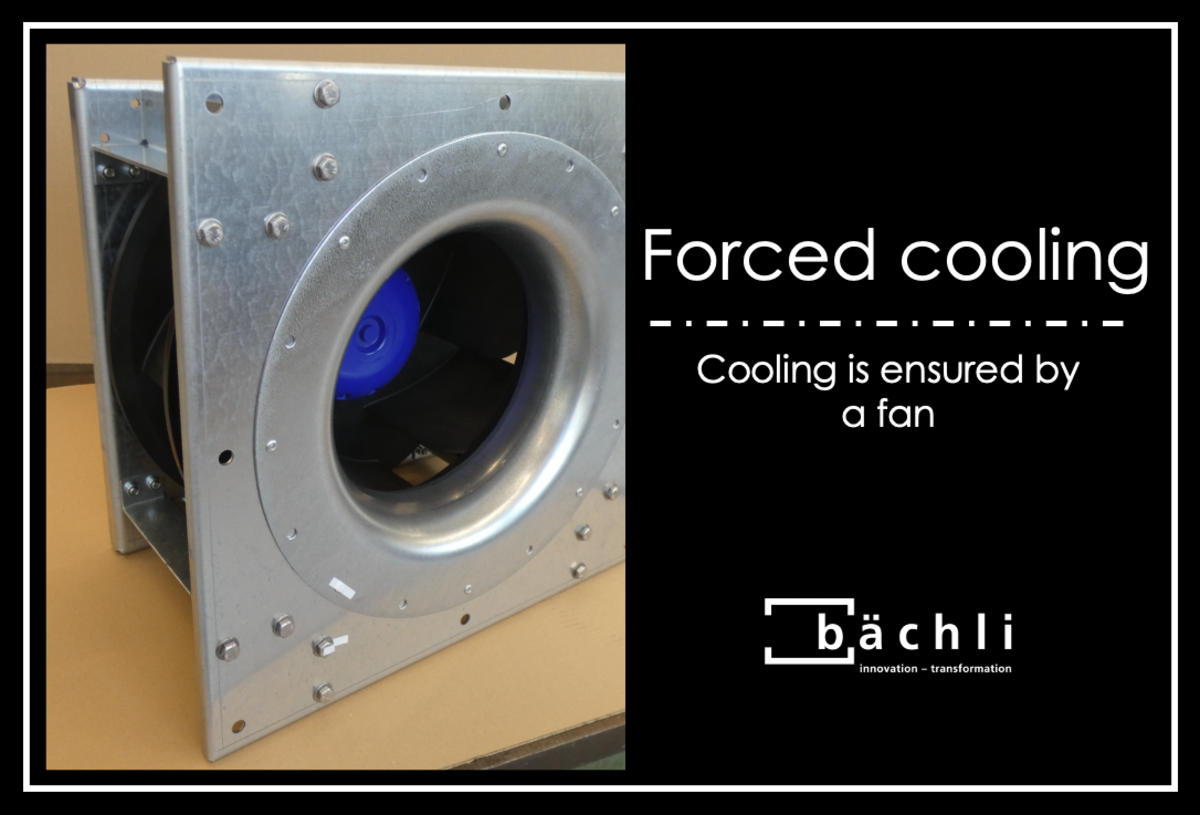
Both types of cooling have their advantages and disadvantages and are selected based on the size, power, and application of the transformer. Choosing the right cooling method is important to ensure efficient performance and a long lifespan of the transformer.
How Bächli ensures cooling in their transformers
At Bächli, many models have air channels between the windings, allowing natural cooling to occur. Additionally, the core is passively cooled as there are spots exposed to air. This means the spot is not covered by any other material, allowing air to directly reach the core of the transformer.
For special applications, fans are used to ensure that neither the windings nor the core overheat. The cooling performance is dimensioned (calculated) to be the most economical solution.
Lower losses and high efficiency lead to a longer lifespan as there is less heating. Larger transformers are equipped with temperature sensors to monitor the temperature and take countermeasures in case of transformer overload.
In the event of high overheating, the transformer must be shut down to avoid major damage. To see if damage has already occurred, the transformer must be analyzed.
If the damage is visible during a visual inspection, it is often a bad sign. Otherwise, an electrical test is performed to see if the transformer still has the original voltage. Furthermore, high voltage, short circuit, and consumption can be measured to check the smooth operation of the transformer. Finally, a mechanical measurement is performed to see if the material has warped due to heating.
It becomes clear that prolonged overload of a transformer leads to harmful consequences. However, not only overload that leads to high operating temperatures affects the lifespan, but also weather can influence the lifespan.
Weather can also influence transformer lifespan
An equally decisive factor as operating temperature is the weather. Transformers installed outdoors can be significantly affected by humidity, cold, heat, or ice. The choice of materials and installation location can be crucial. Humidity can also lead to a higher probability of breakdown.
Generally, all Bächli transformers meet the basic standards that consider weather conditions and specify requirements for operating temperature, insulation, test voltages, etc.
However, extreme weather situations such as prolonged cold or monsoon rains can shorten the lifespan of a transformer.

The installation location is also crucial. A protected location can provide a lot of precautions.
In general, it can be said that what other technical products do not like, transformers do not like either. Electronics and water do not get along, just as technology cannot tolerate excessive heat. Those who want a transformer with a long lifespan that is still operational after 30 years should ensure not to exceed the recommended operating temperature.
If you already know in advance that your transformer has to withstand the weather, you can address this during individual planning, and weather-resistant materials or moisture-repellent materials can be used. The housing can be crucial here.
In addition to the various conditions that affect lifespan, there are also different ways to determine the lifespan or replacement time of a transformer. These will be explained in more detail below.
Economic aspect of lifespan
The lifespan of a transformer is an important economic factor as the costs for maintenance, repair, or replacement can be significant. As shown in the course of the blog, the lifespan of a transformer is influenced by various factors. Since a transformer has a very long lifespan compared to other components, there are different strategies to plan maintenance and/or replacement.
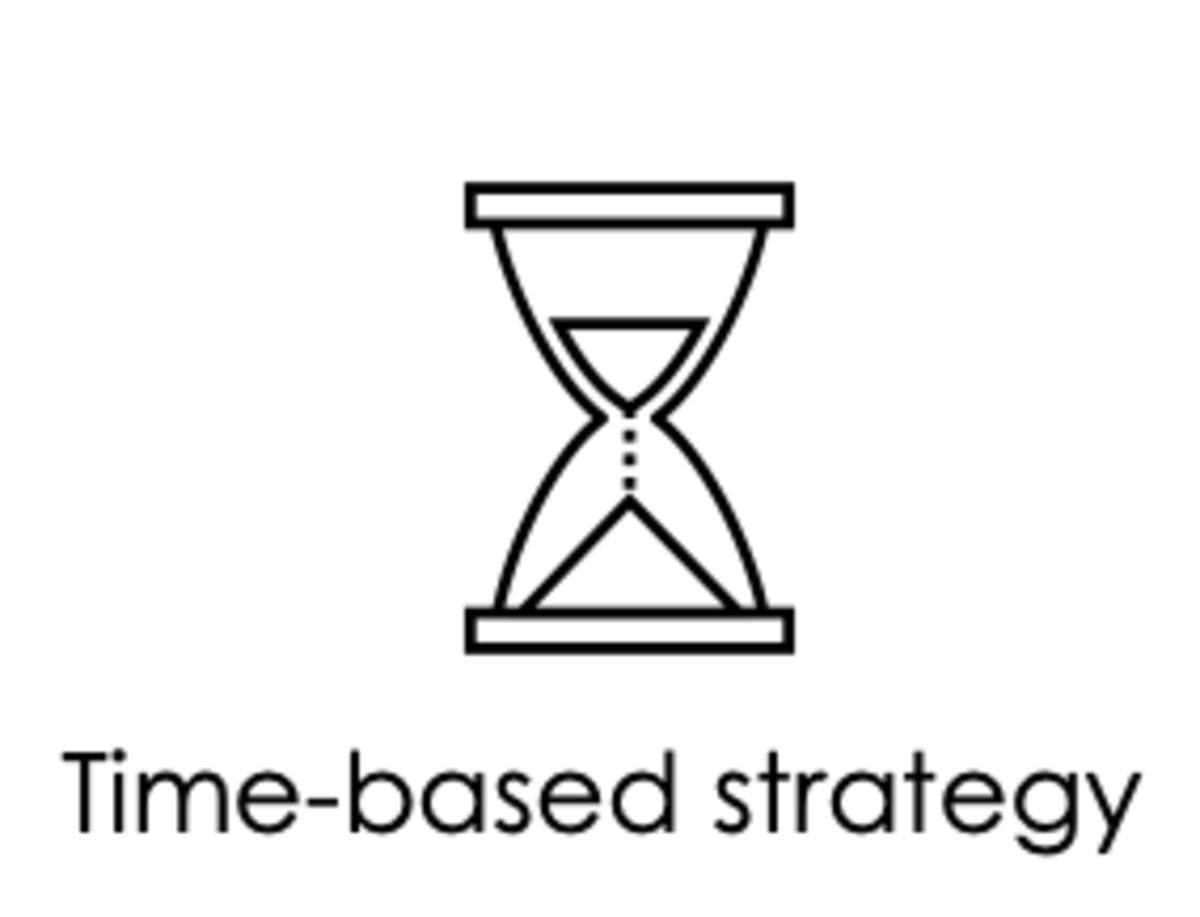
One possible strategy is the time-based strategy. This is based on a predefined lifespan after which the transformer is replaced.
This strategy assumes that a transformer reaches its maximum lifespan after a certain period and that its maintenance or repair is no longer effective or economical.
The time-based strategy is often used when only low requirements or a short lifespan of the transformer is expected. The implementation of this strategy is simple and cost-effective as no maintenance is required and the transformer is simply replaced after the time expires, regardless of whether it is still fully functional or not.
Meanwhile, the condition-based strategy is based on the actual operating condition of the transformer. Here, the transformer is regularly monitored to determine the optimal time for repair or replacement.
With the help of sensors and monitoring systems, data on the condition can be collected and analyzed. If these values deviate from the normal values, it must be decided whether the transformer should be repaired or replaced. This decision can also be made considering factors such as the cost of repair or replacement, the availability of spare parts, and downtime.
This strategy allows for targeted maintenance or repair and helps extend the lifespan of a transformer. It can be used for transformers with a longer lifespan and higher requirements to ensure smooth operation and minimize unplanned downtime.


In the risk-based strategy, the risk of transformer failure is assessed. To create a risk analysis, various factors are considered.
Based on this analysis, a priority list is created that sorts the risks of transformer failure in descending order. The higher the risk on the list, the more urgent maintenance or repair is needed.
This strategy is often used in critical applications where the cost of transformer failure is very high. By using a risk-based strategy, the risk of failure can be minimized while optimizing maintenance costs.
The last strategy presented in this blog is the lifecycle-based strategy. It is based on a combination of already existing data and future forecasts. Based on this data, a forecast of the transformer's future performance is made, including the expected lifespan and the probability of failures.
Unlike the time-based strategy, the lifecycle-based strategy also considers the actual condition and experience values of the transformer. This way, a better decision can be made about the timing and type of replacement to minimize overall operating costs.
However, the lifecycle-based strategy requires comprehensive data collection and analysis to make an accurate forecast and an informed decision.
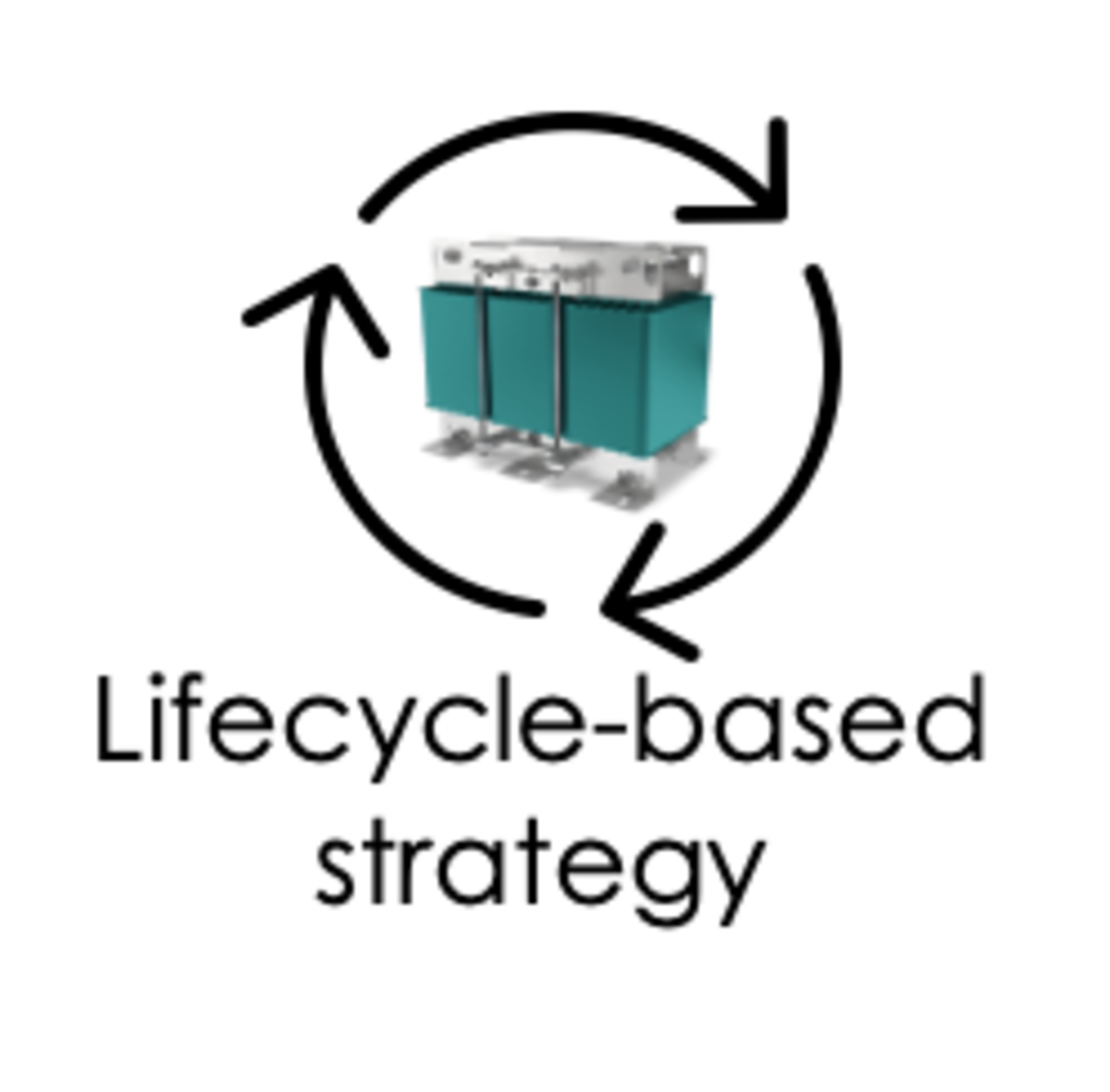
To fully utilize the long lifespan of a transformer without having to perform unnecessary maintenance or repairs, it helps to know what negatively affects the lifespan and to reduce these factors where possible. Planning the replacement early is also important, especially if it is not a standard transformer. This blog has outlined some possible strategies; depending on the application of the transformer, one of the previous strategies makes sense.
In most cases, the lifecycle-based strategy is used. Experience shows that transformers can often be in use for more than 35 years without incidents. The biggest risk here is the heat generated by overloading. The insulation material becomes brittle at elevated temperatures, and the risk of fire increases.

